Old Schools, New Times
A classroom full of elementary-age schoolchildren sit in a classroom, each at their own desk. In front of them stands a young teacher, making notes on a board, which the students copy down in their notebooks, putting pencil to paper. They wait until they are told that they can ask questions about the content bring presented, and take advantage of that opportunity judiciously.
Is the year 1818 or 2018? It is difficult, if not impossible, to tell.
The public education system is the only social institution in America that has not been catalyzed by technology. It is true that some schools have launched into the 21st century by embracing innovation to change the way in which education is conceptualized and delivered. However, the majority of schools in our country exist within a one-size-fits-all philosophy that reflects that of one-room schoolhouses of our past.
Bestselling author and social influencer Seth Godin authored a nearly 100-page education manifesto “Stop Stealing Dreams”, with the ultimate goal of bringing to light the past, present and future of ‘school’ in America. He writes, “Large-scale education was not developed to motivate kids or create scholars. It was to churn out adults who worked well within the system.” The need for a skilled labor force has changed drastically over the last century, yet schools haven’t been empowered to transform at the same pace.
Albert Einstein famously said that “Insanity is doing the same thing over and over again, but expecting different results.” It could be argued that our current approach to K-12 education largely reflects this statement.
So, where do we go from here?
#futureofschool is an initiative aimed at educating everyone about why our public education system is struggling, and what we can do now and in the long-term to create better opportunities for kids in our country.
Until a child struggles along their educational journey, it’s easy to assume that they are doing just fine. Making the marks. Preparing themselves for a successful life. It is easier to rely on faulty excuses such as funding, policy constraints, political issues, or maybe even ‘bad’ leaders as the root cause of the challenges of the education system. However, the reality is that teachers and students show up every day to an outdated learning environment (as a whole)—one that does not foster or value creativity.
Let’s look at some of the facts:
Our public education system has remained much the same as it has since the founding of our nation: paper books, worksheets, direct instruction, rote memorization and standardized testing. Yet society has changed very drastically over the last 30 years. There is an imperative need to embrace technology, empower teachers to innovate in the classroom, and provide opportunities for student-centered learning at all grade levels.
How do we overcome the factory-model mentality in our schools today?
What can citizens do to help, both individually and collectively?
We need a society of individuals that cares about kids and will lobby for their best interests. That will invest the time to educate themselves about what they can do within their lives and networks. And, finally, that will dream big about the future of school to bring that to fruition.


